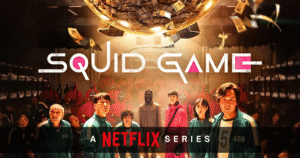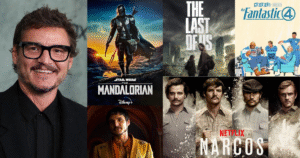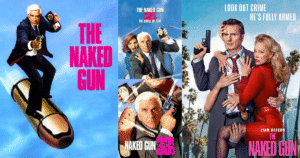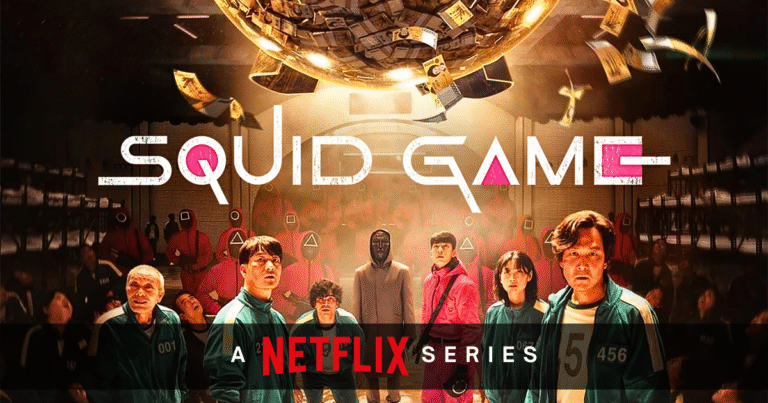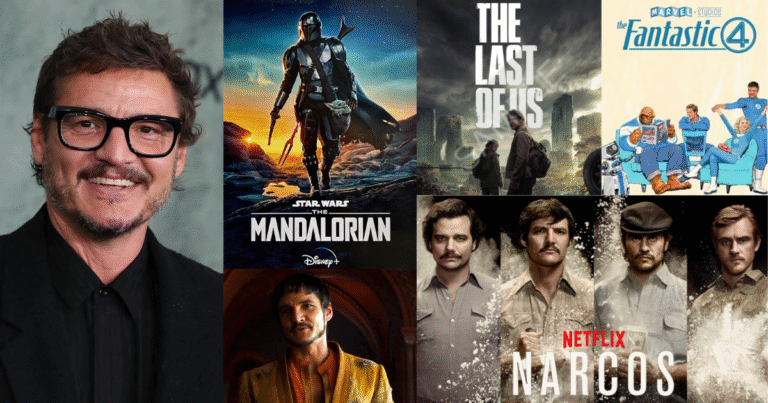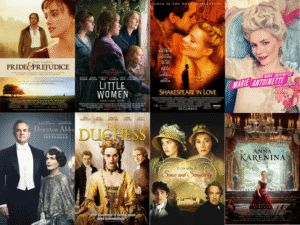When it comes to corporate films, there’s no such thing as one-size-fits-all. What works for a tech startup may fall flat for a healthcare company. A flashy, fast-paced video might impress in the fashion world but feel out of place in finance.
That’s why tailoring your corporate video to your specific industry is not just a smart move, it’s essential. Each business sector has its own tone, expectations, and language. Your video should reflect that.
In this post, we’ll break down how to approach corporate filmmaking with an industry-specific lens. Whether you’re in manufacturing, education, retail, or hospitality, we’ll help you create content that speaks directly to your audience.
Why Industry Context Matters in Corporate Films
Your audience isn’t just watching, they’re evaluating.
Does this brand understand my world?
Can I trust them with my needs?
Do they speak my language?
If your video feels generic or out of sync with your industry, viewers will lose interest quickly. But when your film mirrors their environment, uses their vocabulary, and reflects their values, it builds trust and credibility instantly.
Industry-specific corporate videos aren’t about adding complexity, they’re about bringing clarity. It’s about knowing your viewer and showing them that you get it.
Key Elements to Customize by Industry
While the overall structure of a corporate film may stay the same, the tone, visuals, script, and style need to flex depending on your industry. Here’s how you can adapt:
1. Tone of Voice
- Finance: Clear, confident, and reassuring. Avoid humor. Stick to facts and trust.
- Healthcare: Empathetic and precise. Use people-first language and show real outcomes.
- Technology: Innovative, fast-paced, and forward-thinking. Use clean design and minimal jargon.
- Education: Supportive and inspiring. Focus on outcomes, growth, and impact.
- Hospitality: Warm, immersive, and guest-focused. Use atmospheric visuals and emotion.
Think of your film as a conversation. How would you naturally talk to your customer in your industry? That’s the tone your video needs.
2. Visual Language
Visuals set the mood before a single word is spoken.
- For manufacturing, show real operations: machines, people at work, attention to safety.
- For retail, highlight the product experience: shopping, unboxing, user delight.
- For healthcare, focus on the environment and human care moments, not just facilities.
- For IT or SaaS, clean UI animations, modern offices, and agile team setups work well.
The right setting, colors, and pace will instantly help your audience feel at home.
3. Script and Messaging
Use the language your industry understands and respects.
For instance:
- A corporate film for a law firm might focus on trust, precision, and decades of experience.
- A video for an edtech company could highlight accessibility, student outcomes, and modern learning tools.
- A real estate brand may tell stories through customer testimonials and focus on the feeling of “home.”
Tailor your key messages to the values and challenges that matter most in your sector.
4. Pacing and Music
- Fast-paced music and quick cuts may suit a tech startup or an e-commerce brand.
- Slow, ambient tracks may feel more appropriate for wellness, healthcare, or luxury real estate.
- Classical or acoustic tones might suit NGOs or heritage brands.
These elements might seem small, but they shape how your film feels, and how seriously your audience takes you.
Real-World Examples
Let’s say you’re creating a corporate film for three very different industries. Here’s how the same message, “We care about people”, can be adapted:
- For a Hospital:
Show a nurse helping a patient, a doctor explaining results with empathy, and family members smiling after treatment. The tone is gentle, the script is calm. - For a Tech Company:
Show a developer collaborating with a teammate, building products that improve lives, ending with a user whose problem was solved. The pace is quicker, the visuals are modern. - For a Hotel Chain:
Show staff anticipating guest needs, personalized check-ins, and peaceful moments in the room. The tone is warm, the focus is comfort and attention.
Same core value. Different execution.
Tips for Industry-Specific Success
Here are some ways to ensure your corporate film feels right for your field:
- Study competitor videos – What do they do well? What feels overused?
- Talk to your clients/customers – What do they care about most?
- Keep it jargon-free, but accurate – Especially in tech and finance, balance clarity with credibility.
- Include familiar visuals – Even a quick shot of industry-specific gear, documents, or workspaces makes a big difference.
- Highlight results – Every industry wants proof. Use outcomes, stats, or testimonials to build trust.
Mistakes to Avoid
- Using the same template for every sector
- Relying too heavily on stock footage that feels generic
- Speaking in vague slogans instead of specific, relatable language
- Overloading the video with features instead of showing real-world impact
- Ignoring industry norms around tone and professionalism
Final Thought: Know Your Industry, Know Your Audience
A corporate film is more than a branding tool. It’s your chance to show clients, partners, or investors that you understand their world, and that you belong in it.
The best industry-specific films don’t try to be flashy or viral. They focus on trust, clarity, and connection. They meet the viewer where they are.
If you’re planning your next corporate video, start with this one question:
What does my audience need to see, hear, and feel to believe in us?
Then build from there.
Tailor your film not just to your brand, but to your industry. That’s where true impact begins.
